| Company Name |
Stock Ticker |
Market Cap (USD) |
Dividend Yield (%) |
P/E Ratio |
Revenue (USD) |
| Amazon |
AMZN |
$1.650T |
0.00 |
41.2 |
$524.89B |
| Netflix |
NFLX |
$518.76B |
0.00 |
32.5 |
$40.17B |
| Microsoft |
MSFT |
$2.850T |
0.80 |
32.1 |
$232.10B |
| Apple |
AAPL |
$2.999T |
0.55 |
28.4 |
$415.14B |
| Walt Disney |
DIS |
$210B |
1.50 |
22.8 |
$88.90B |
| JPMorgan Chase |
JPM |
$550B |
2.85 |
12.9 |
$168.45B |
| Johnson & Johnson |
JNJ |
$450B |
2.75 |
18.2 |
$94.10B |
| Walmart |
WMT |
$789.85B |
1.55 |
23.1 |
$712.32B |
Introduction
A large-cap value strategy focuses on investing in well-established companies that are undervalued relative to their intrinsic worth. These stocks typically belong to firms with strong financial fundamentals, stable earnings, and a history of consistent dividend payments. Investors favor large-cap value stocks for their ability to provide long-term appreciation while minimizing volatility. Unlike growth stocks, which rely on future expansion, value stocks offer a margin of safety through lower valuations and reliable cash flows. This approach allows investors to capitalize on price corrections while benefiting from steady returns and portfolio stability.
Fundamentals of Large-Cap Value Investing
Large-cap value stocks are identified based on their market capitalization, financial stability, and valuation metrics. These companies typically have a market cap exceeding $10 billion and exhibit strong fundamentals, including steady revenue streams and robust cash flow. Investors seek large-cap value stocks that are undervalued relative to their intrinsic worth, often trading at lower price-to-earnings (P/E) and price-to-book (P/B) ratios compared to industry peers. Companies such as JPMorgan Chase JPM and Johnson & Johnson JNJ are prime examples of large-cap value stocks, offering stability and long-term growth potential.
Several key metrics help investors evaluate large-cap value stocks. The P/E ratio measures a company's stock price relative to its earnings, with lower values indicating potential undervaluation. The P/B ratio compares a stock’s market price to its book value, helping investors assess whether a company is trading below its asset worth. Dividend yield is another crucial metric, reflecting the annual dividend payout as a percentage of the stock price. Companies with strong dividend yields, such as Procter & Gamble PG, provide investors with passive income while maintaining financial stability. Historically, large-cap value stocks have demonstrated resilience during market downturns, outperforming growth stocks in volatile conditions. Companies in sectors such as healthcare, finance, and consumer staples have historically shown stable performance, reinforcing the appeal of large-cap value investing. Investors continue to favor these stocks for their ability to provide portfolio stability and reliable returns.
Sources:
Accounting Insights
Morningstar
Benefits of Large-Cap Value Strategy
Large-cap value stocks provide stability and lower volatility compared to growth stocks, making them a preferred choice for risk-averse investors. These companies typically have strong financial foundations, allowing them to maintain steady earnings and cash flow. Unlike growth stocks, which rely on future expansion, large-cap value stocks trade at lower valuations, offering a margin of safety. Companies such as JPMorgan Chase JPM and Procter & Gamble PG exemplify this strategy, demonstrating resilience across various market conditions.
Dividend income and long-term wealth accumulation are key advantages of large-cap value investing. Many of these companies prioritize returning value to shareholders through consistent dividend payouts, reinforcing investor confidence. Johnson & Johnson JNJ and Coca-Cola KO have maintained strong dividend yields, making them attractive for income-focused investors. Reinvesting dividends can significantly enhance portfolio value over time, contributing to wealth growth. Large-cap value stocks serve as defensive assets during economic downturns, providing stability when markets experience volatility. Their established market presence and strong financial health enable them to withstand recessions better than smaller companies. Investors often turn to large-cap value stocks as safe havens during uncertain economic conditions, relying on their resilience to preserve capital. Companies in sectors such as healthcare, consumer staples, and finance have historically demonstrated strong defensive characteristics.
Sources:
Investopedia
StockBossUp
Invesco
Investment Strategies for Large-Cap Value Stocks
While these companies provide stability, concentrating investments solely in large-cap value stocks can expose portfolios to sector-specific risks. A balanced approach includes diversifying across industries such as healthcare, finance, and consumer staples to mitigate volatility. Investors may also consider exchange-traded funds (ETFs) that track large-cap value stocks, providing exposure while reducing individual stock risk. Companies such as Johnson & Johnson JNJ and JPMorgan Chase JPM exemplify this strategy, offering consistent returns and financial resilience.
Investing in large-cap value stocks comes with both risks and rewards. These stocks tend to be less volatile than growth stocks, making them attractive for conservative investors. However, their growth potential may be slower, and market downturns can impact valuations. Investors should assess financial health, dividend sustainability, and industry trends before allocating capital to large-cap value stocks.
Companies such as Procter & Gamble PG and Coca-Cola KO have historically demonstrated strong performance, reinforcing the appeal of value investing. Experts emphasize the long-term investment potential of large-cap value stocks, citing their ability to withstand economic downturns and deliver consistent returns. These companies often serve as foundational assets in diversified portfolios, providing security during market fluctuations. Analysts recommend focusing on financial stability, dividend yields, and sector trends when selecting large-cap value stocks.
Sources:
Brandywine Global
Invesco
Future Outlook and Predictions
Large-cap value stocks are expected to maintain steady performance, benefiting from stable earnings and strong financial fundamentals. Analysts forecast continued investor interest in these stocks due to their defensive nature and ability to generate consistent returns. Companies such as JPMorgan Chase JPM and Procter & Gamble PG are projected to remain attractive investment options, reinforcing the reliability of large-cap value strategies.
Advancements in artificial intelligence, fintech, and sustainable energy are reshaping market dynamics, introducing new players that challenge established corporations. Companies specializing in AI-driven automation and decentralized finance are gaining traction, influencing investment strategies. Additionally, regulatory changes and geopolitical factors may impact large-cap value stock trajectories, requiring investors to monitor industry shifts and economic policies closely. Economic factors will play a crucial role in shaping the future of large-cap value stocks. Inflationary pressures, interest rate adjustments, and global trade policies influence corporate profitability and investor sentiment. The Federal Reserve’s monetary policy decisions affect borrowing costs and capital allocation, impacting stock valuations.
Sources:
American Century
Charles Schwab
BlackRock
Conclusion
Large-cap value stocks continue to be a cornerstone of investment strategies, offering stability, dividend income, and resilience during market fluctuations. Their ability to trade below intrinsic value while maintaining strong financial fundamentals makes them attractive for long-term investors. As economic conditions evolve, large-cap value stocks remain a reliable option for portfolio diversification and wealth accumulation. Investors seeking steady returns and lower volatility often prioritize these stocks for their defensive nature and consistent performance.
Expert Analysis
Strategic Insights on Large-Cap Value Investing
Large-cap value investing remains a cornerstone of portfolio stability, offering consistent returns and lower volatility. These stocks often trade below intrinsic value, presenting opportunities for long-term appreciation. While growth stocks may outperform in bullish markets, large-cap value stocks provide resilience during downturns. Investors should focus on financial health, dividend sustainability, and sector trends to optimize their large-cap value investments.
📌Read More About:
Top Large Cap Stocks- https://stockbossup.com/pages/topics/large-cap
What Are Large US Cap Stocks?- https://stockbossup.com/pages/post/39045/understanding-large-us-cap-stocks-and-their-market-influence
How Many Large Cap Stocks Are There?- https://stockbossup.com/pages/post/38786/how-many-large-cap-stocks-exist-a-comprehensive-market
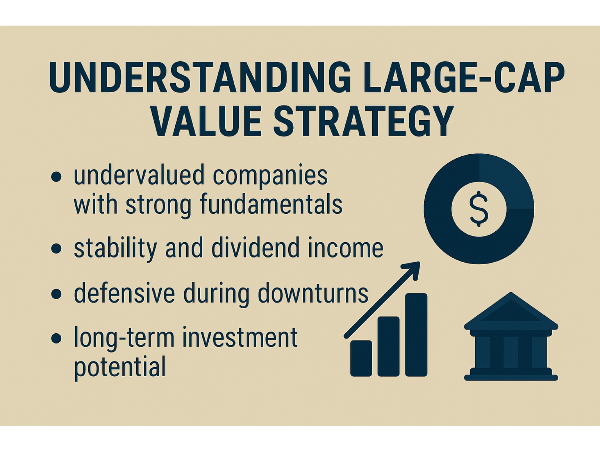

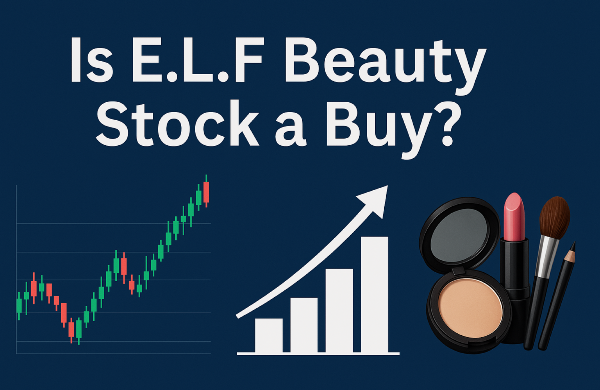
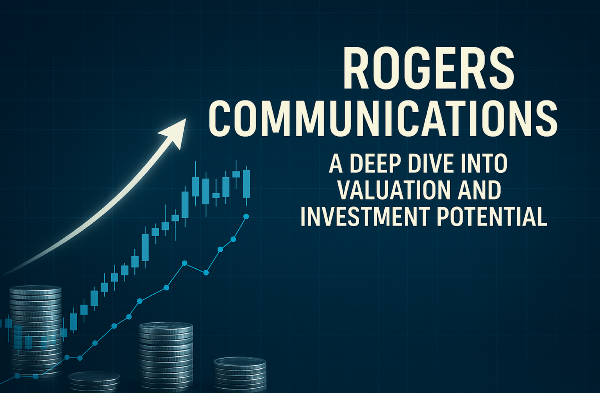
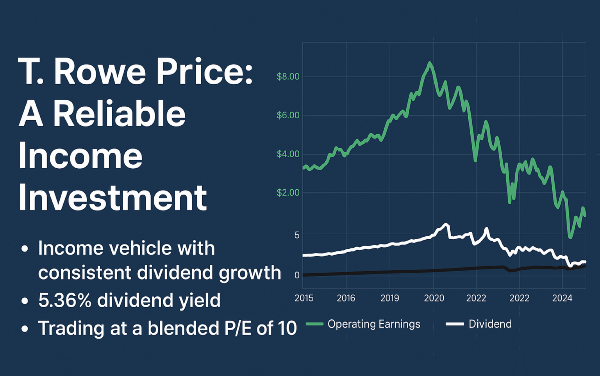
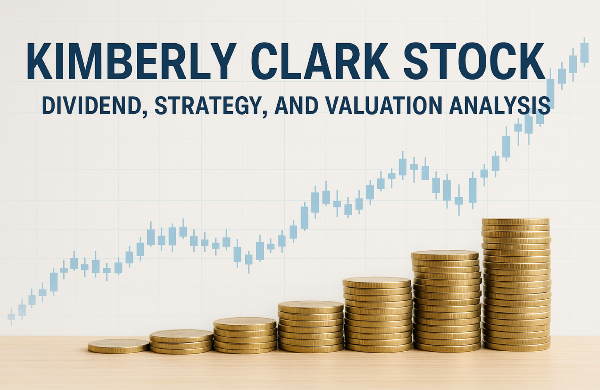

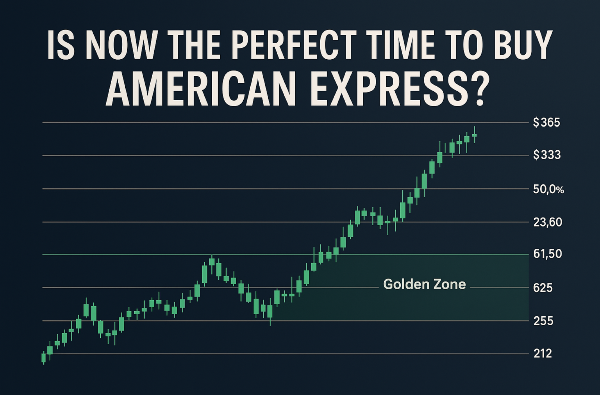
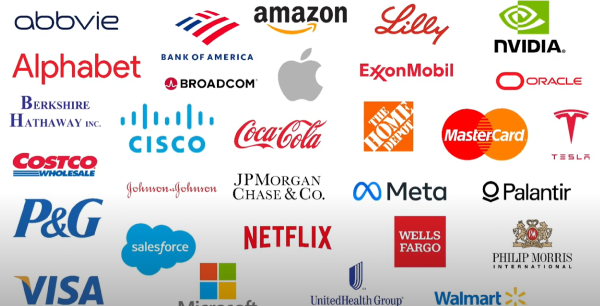
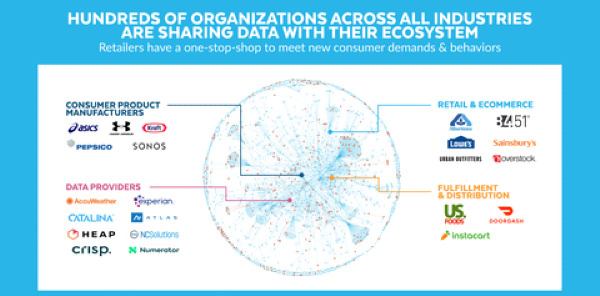
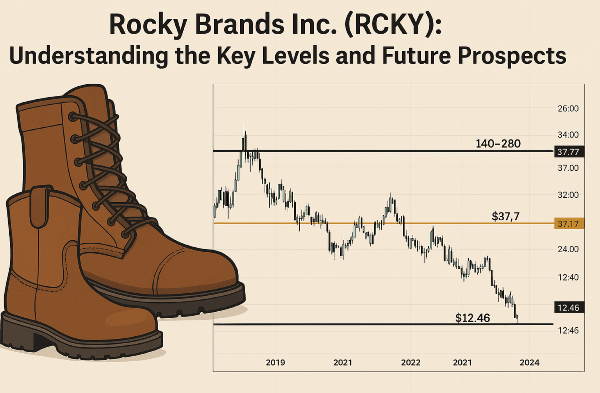


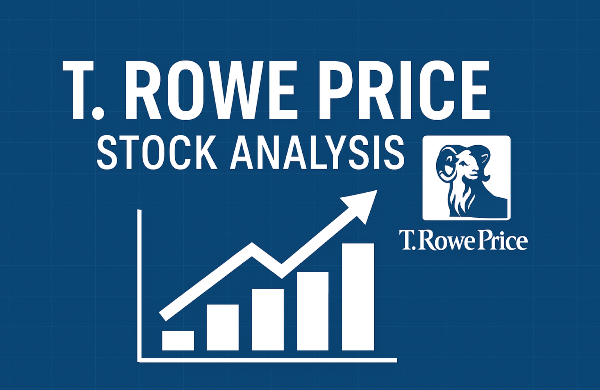
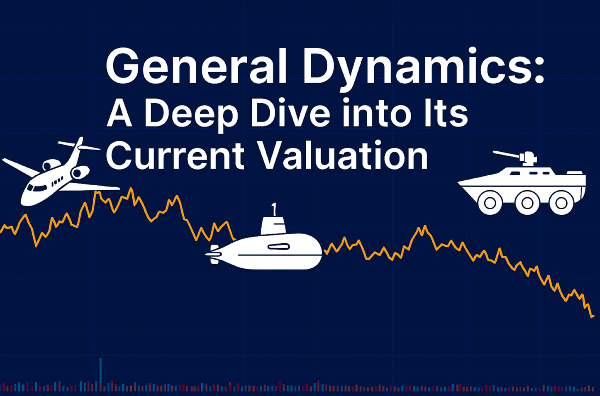

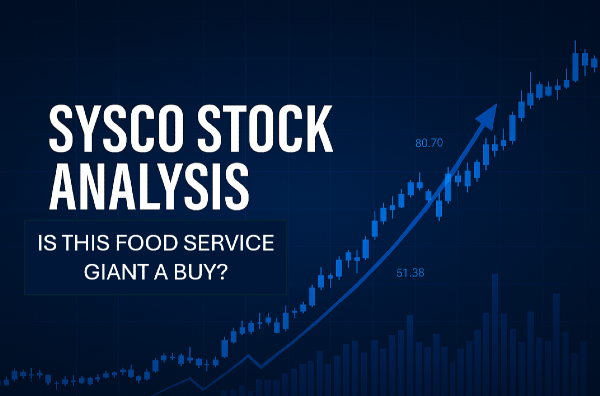
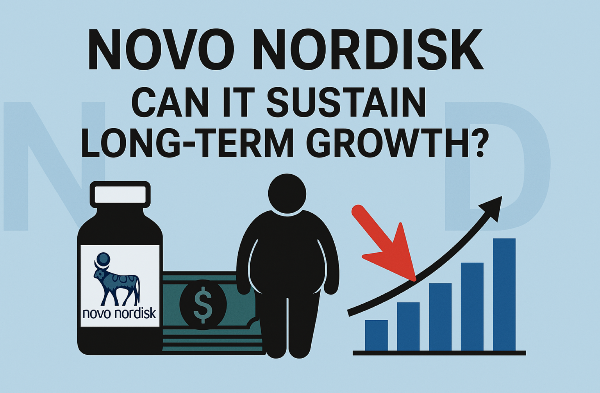
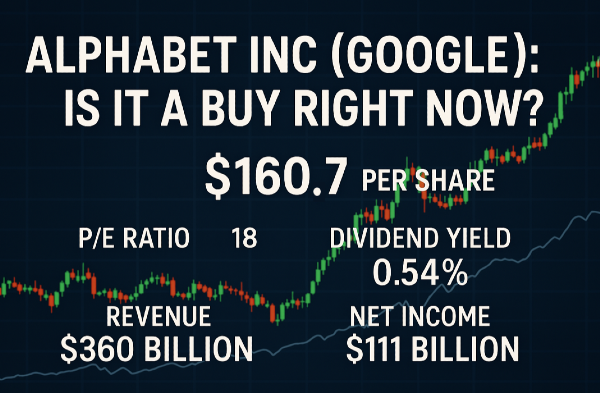


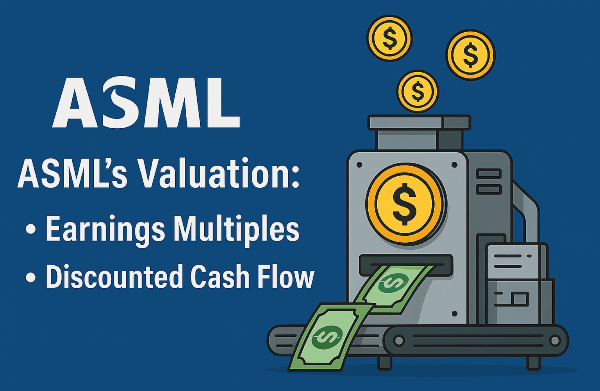








Introduction
A large-cap value strategy focuses on investing in well-established companies that are undervalued relative to their intrinsic worth. These stocks typically belong to firms with strong financial fundamentals, stable earnings, and a history of consistent dividend payments. Investors favor large-cap value stocks for their ability to provide long-term appreciation while minimizing volatility. Unlike growth stocks, which rely on future expansion, value stocks offer a margin of safety through lower valuations and reliable cash flows. This approach allows investors to capitalize on price corrections while benefiting from steady returns and portfolio stability.
Fundamentals of Large-Cap Value Investing
Large-cap value stocks are identified based on their market capitalization, financial stability, and valuation metrics. These companies typically have a market cap exceeding $10 billion and exhibit strong fundamentals, including steady revenue streams and robust cash flow. Investors seek large-cap value stocks that are undervalued relative to their intrinsic worth, often trading at lower price-to-earnings (P/E) and price-to-book (P/B) ratios compared to industry peers. Companies such as JPMorgan Chase JPM and Johnson & Johnson JNJ are prime examples of large-cap value stocks, offering stability and long-term growth potential.
Several key metrics help investors evaluate large-cap value stocks. The P/E ratio measures a company's stock price relative to its earnings, with lower values indicating potential undervaluation. The P/B ratio compares a stock’s market price to its book value, helping investors assess whether a company is trading below its asset worth. Dividend yield is another crucial metric, reflecting the annual dividend payout as a percentage of the stock price. Companies with strong dividend yields, such as Procter & Gamble PG, provide investors with passive income while maintaining financial stability. Historically, large-cap value stocks have demonstrated resilience during market downturns, outperforming growth stocks in volatile conditions. Companies in sectors such as healthcare, finance, and consumer staples have historically shown stable performance, reinforcing the appeal of large-cap value investing. Investors continue to favor these stocks for their ability to provide portfolio stability and reliable returns.
Sources:
Accounting Insights
Morningstar
Benefits of Large-Cap Value Strategy
Large-cap value stocks provide stability and lower volatility compared to growth stocks, making them a preferred choice for risk-averse investors. These companies typically have strong financial foundations, allowing them to maintain steady earnings and cash flow. Unlike growth stocks, which rely on future expansion, large-cap value stocks trade at lower valuations, offering a margin of safety. Companies such as JPMorgan Chase JPM and Procter & Gamble PG exemplify this strategy, demonstrating resilience across various market conditions.
Dividend income and long-term wealth accumulation are key advantages of large-cap value investing. Many of these companies prioritize returning value to shareholders through consistent dividend payouts, reinforcing investor confidence. Johnson & Johnson JNJ and Coca-Cola KO have maintained strong dividend yields, making them attractive for income-focused investors. Reinvesting dividends can significantly enhance portfolio value over time, contributing to wealth growth. Large-cap value stocks serve as defensive assets during economic downturns, providing stability when markets experience volatility. Their established market presence and strong financial health enable them to withstand recessions better than smaller companies. Investors often turn to large-cap value stocks as safe havens during uncertain economic conditions, relying on their resilience to preserve capital. Companies in sectors such as healthcare, consumer staples, and finance have historically demonstrated strong defensive characteristics.
Sources:
Investopedia
StockBossUp
Invesco
Investment Strategies for Large-Cap Value Stocks
While these companies provide stability, concentrating investments solely in large-cap value stocks can expose portfolios to sector-specific risks. A balanced approach includes diversifying across industries such as healthcare, finance, and consumer staples to mitigate volatility. Investors may also consider exchange-traded funds (ETFs) that track large-cap value stocks, providing exposure while reducing individual stock risk. Companies such as Johnson & Johnson JNJ and JPMorgan Chase JPM exemplify this strategy, offering consistent returns and financial resilience.
Investing in large-cap value stocks comes with both risks and rewards. These stocks tend to be less volatile than growth stocks, making them attractive for conservative investors. However, their growth potential may be slower, and market downturns can impact valuations. Investors should assess financial health, dividend sustainability, and industry trends before allocating capital to large-cap value stocks.
Companies such as Procter & Gamble PG and Coca-Cola KO have historically demonstrated strong performance, reinforcing the appeal of value investing. Experts emphasize the long-term investment potential of large-cap value stocks, citing their ability to withstand economic downturns and deliver consistent returns. These companies often serve as foundational assets in diversified portfolios, providing security during market fluctuations. Analysts recommend focusing on financial stability, dividend yields, and sector trends when selecting large-cap value stocks.
Sources:
Brandywine Global
Invesco
Future Outlook and Predictions
Large-cap value stocks are expected to maintain steady performance, benefiting from stable earnings and strong financial fundamentals. Analysts forecast continued investor interest in these stocks due to their defensive nature and ability to generate consistent returns. Companies such as JPMorgan Chase JPM and Procter & Gamble PG are projected to remain attractive investment options, reinforcing the reliability of large-cap value strategies.
Advancements in artificial intelligence, fintech, and sustainable energy are reshaping market dynamics, introducing new players that challenge established corporations. Companies specializing in AI-driven automation and decentralized finance are gaining traction, influencing investment strategies. Additionally, regulatory changes and geopolitical factors may impact large-cap value stock trajectories, requiring investors to monitor industry shifts and economic policies closely. Economic factors will play a crucial role in shaping the future of large-cap value stocks. Inflationary pressures, interest rate adjustments, and global trade policies influence corporate profitability and investor sentiment. The Federal Reserve’s monetary policy decisions affect borrowing costs and capital allocation, impacting stock valuations.
Sources:
American Century
Charles Schwab
BlackRock
Conclusion
Large-cap value stocks continue to be a cornerstone of investment strategies, offering stability, dividend income, and resilience during market fluctuations. Their ability to trade below intrinsic value while maintaining strong financial fundamentals makes them attractive for long-term investors. As economic conditions evolve, large-cap value stocks remain a reliable option for portfolio diversification and wealth accumulation. Investors seeking steady returns and lower volatility often prioritize these stocks for their defensive nature and consistent performance.
Expert Analysis
Strategic Insights on Large-Cap Value Investing
Large-cap value investing remains a cornerstone of portfolio stability, offering consistent returns and lower volatility. These stocks often trade below intrinsic value, presenting opportunities for long-term appreciation. While growth stocks may outperform in bullish markets, large-cap value stocks provide resilience during downturns. Investors should focus on financial health, dividend sustainability, and sector trends to optimize their large-cap value investments.
📌Read More About:
Top Large Cap Stocks- https://stockbossup.com/pages/topics/large-cap
What Are Large US Cap Stocks?- https://stockbossup.com/pages/post/39045/understanding-large-us-cap-stocks-and-their-market-influence
How Many Large Cap Stocks Are There?- https://stockbossup.com/pages/post/38786/how-many-large-cap-stocks-exist-a-comprehensive-market